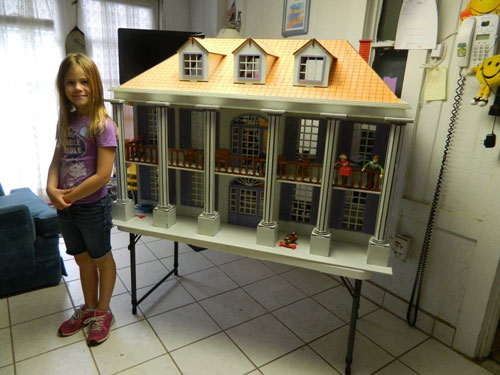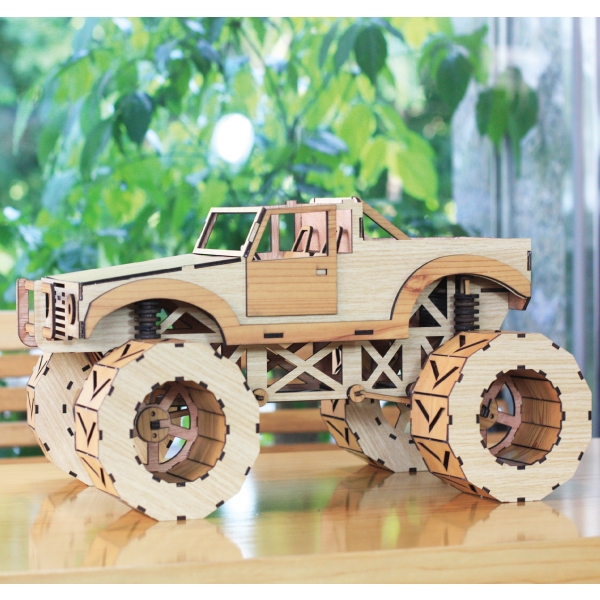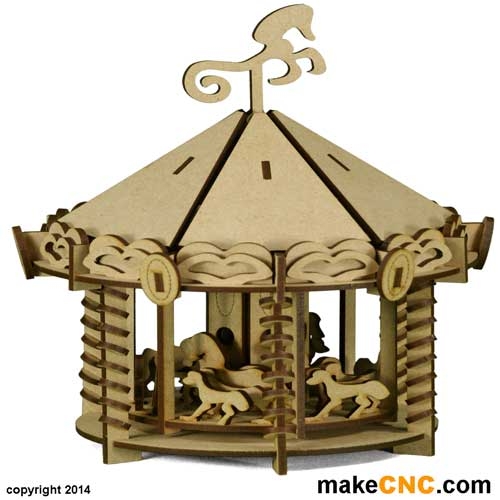WHAT IS 3D PRINTING ?

Additive manufacturing or 3D printing is a process of making three dimensional solid objects from a digital model. 3D printing is achieved using additive processes, where an object is created by laying down successive layers of material.3D printing is considered distinct from traditional machining techniques (subtractive processes) which mostly rely on the removal of material by drilling, cutting etc.
3D printing is usually performed using a materials printer, and since 2003 there has been large growth in the sales of these machines. Additionally, the cost of 3D printers has gone down.[3] The technology also finds use in the fields of jewellery, footwear, industrial design, architecture, engineering and construction (AEC), automotive, aerospace, dental and medical industries, education, geographic information systems, civil engineering, and many others.
The use of additive manufacturing takes virtual designs from computer aided design (CAD) or animation modeling software, transforms them into thin, virtual, horizontal cross-sections and then creates successive layers until the model is complete. It is a WYSIWYG process where the virtual model and the physical model are almost identical.
With additive manufacturing, the machine reads in data from a CAD drawing and lays down successive layers of liquid, powder, or sheet material, and in this way builds up the model from a series of cross sections. These layers, which correspond to the virtual cross section from the CAD model, are joined together or fused automatically to create the final shape. The primary advantage to additive fabrication is its ability to create almost any shape or geometric feature.
The standard data interface between CAD software and the machines is the STL file format. An STL file approximates the shape of a part or assembly using triangular facets. Smaller facets produce a higher quality surface. VRML (or WRL) files are often used as input for 3D printing technologies that are able to print in full color.
Construction of a model with contemporary methods can take from several hours to several days, depending on the method used and the size and complexity of the model. Additive systems can typically produce models in a few hours, although it can vary widely depending on the type of machine being used and the size and number of models being produced simultaneously.
Some additive manufacturing techniques use two materials in the course of constructing parts. The first material is the part material and the second is the support material (to support overhanging features during construction). The support material is later removed by heat or dissolved away with a solvent or water.
Traditional injection molding can be less expensive for manufacturing polymer products in high quantities, but additive fabrication can be faster and less expensive when producing relatively small quantities of parts. 3D printers give designers and concept development teams the ability to produce parts and concept models using a desktop size printer.
Just take a look at some of these cool puzzle models made on a 3d systems cube you can make these as well
as we have prepared them especially for the cube.

below are some example pictures showing just how nice our makeZM 3d printer model Assembly and instruction guides are Each model comes with full instructions and assembly guide for several size models


PrintMZ Sizing Guide
The Wooden 3D puzzles available for CNC or Laser cutting machines at MakeCNC use a sizing method that indicates the material thickness required for the slot sizes in the pattern. 3D Printing does not have a restriction that requires prior knowledge of the pattern requirements for material thickness, as the required material thickness will be printed as needed.
However, when sizing 3D Puzzles that have been converted for 3D printers, we still try to maintain the relationship between the slot size / material thickness and the overall model size.
For example, a 3mm CNC template may produce a final assembled model that is 39cm in length. The 6mm size (meaning the slot is 6mm broad, needing a 6mm thick piece of material) will scale up to 78cm length model.
However, when converting the 3D Puzzels to PrintMZ, some deviation to the relationship between model size and slot size may occur, as sometimes a model thickness may be too thin and over flexible, so a thicker part size is used, but retaining the overall model dimensions. So, using the above example, if the 3mm CNC template is scaled down to 1mm, giving you an overall model length of 13cm, the part thickness of 1mm may produce an undesirably over flexible model. To compensate, the part thickness is increased to 1.5mm – but the model size remains the same – leaving you with a sturdier model.
So, for overall size, we have scaled the converted 3D Wooden Model templates down to fit at least one or two sizes on the smaller 3D printers. We have scaled these templates down to 1mm, 1.5mm and 2mm to give an overall size scale. These give us the sizes of “Small”, “Medium” and “Large” respectively.
Models that have a part thickness that matches the scale (ie: no alteration made to increase the part thickness) are termed as “Regular”, and those that are made thicker are “Heavy”
So a 1mm scaled model, with no part thickness alteration will be a SmallRegular model. The thicker part version will be SmallHeavy.
We are introducing prints for the 3D Systems Cube, and will have the following sizes:
SmallRegular, SmallHeavy, MediumRegular, LargeRegular.
Some Large models may be too large to print on the Cube, so in this case, such models may be made available for larger printers at a later date. Model alteration to allow for a larger model on a smaller bed may be considered in the future as well.
Since 3D printers can print a whole lot more then converted wooden puzzles, other models that are not dependant on part thickness will simply be sized as “Small”, “Medium” and “Large”.

click the image below to find out how to use our models with your 3d Systems cube


















thanks to James B for this great intro to 3d printing
I adored your post